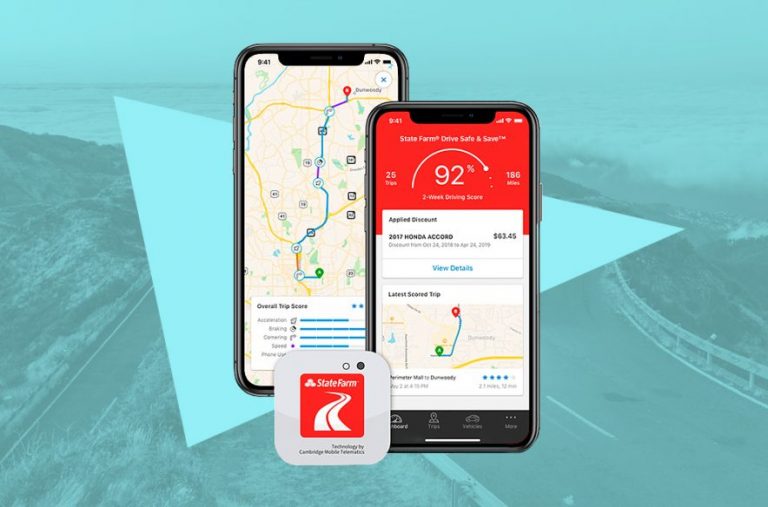All successful leaders want to achieve success for their companies. They want to grow profits and revenues year-to-year, beat the competition, and truly be pro-active in the marketplace . . . and they want to do it now To realize their vision of the future, successful leaders must strategically transform how their companies operate at all levels.
Your company is perfectly designed to get the results you are now getting. If you want to change these results you must change the way you operate or end up in the insanity trap – doing the same things over and over and expecting different results.
Change is carried out by people. The continuing transformation of organizations is really about the growth of employees. Organizational change is people transformation. Effective leadership is the necessary catalyst for organizational change and people transformation.
Your leadership is the single most important factor in determining the level of achievement and results.
When we make these ten mistakes we limit our personal effectiveness and the results we can achieve.
1. We don’t exhibit personal leadership. Your employees observe everything you do and say. Your personal leadership is a reflection of you and your expectations for you and your organization. Everyone winks at the boss who says, “Do as I say not as I do.” You are going to have a positive or negative impact on others so model positively.
2. We don’t have an effective communications style. It’s easy to tell others what to do. It’s more difficult to have open and candid discussions for mutual understanding thus negating mistrust, misunderstanding and conflict. Excellent interpersonal communication skills create a more productive work environment leading to stronger achievement and results.
3.We don’t have significance in the lives of our employees. Who do your employees work for? You never work for someone else, you really only work for yourself. People walk around with the letters MMFA, make me feel appreciated, imprinted on their foreheads. Employees follow you for what you can and have done for them. The leadership adage: the more success our employees have the more success we have. An effective leader manages with a servant’s heart.
4. We don’t focus on doing the right things. Many managers make the mistake of being efficient, doing things right, but not by being effective, which is doing the right things. Using your vision as a guide, focus on the important but not urgent initiatives that lead to future success. Hold yourself accountable for the company’s performance and future.
5. We don’t let go of the myth of individualism. Don’t think that you are the only one who can do it all. Understand that success depends on relationships and alliances with others as much as it does on individual effort. Effective sharing of power is a key to strong leadership. Trust your people and their abilities. Develop mutual understanding.
6. We don’t invest in the development of ourselves and our employees. People are our most important asset, our largest overhead expense and generate improved results. We budget for equipment and software maintenance. Do you have a budget to improve the effectiveness of you and your key people? Development is an investment in your future. Small changes in the effectiveness of you and your key employees has a much larger impact on the bottom line.
7. We don’t motivate our employees for achievement. Permanent motivation is internal. To improve organizational achievement, we must continuously improve employee performance. Without ongoing improvement, employee effort becomes routine and the organization develops a status quo culture. When employees are competent but unmotivated we incur large productivity costs. For maximum effectiveness we need to build a team of enthusiastic, committed, confident employees.
8. We don’t create a culture that embraces change. Real change is self motivated. It’s not that we do not like change. What we do not like is to be changed. Involve employees in discovering the need for change and in the planning so they don’t become change-resistant employees. People who participate in setting the direction of change and in developing initiatives to achieve change become intellectually and emotionally committed. Change will become part of the fabric of the company.
9. We don’t understand customer needs. We commonly focus on our strengths. More effectively we must first understand key success factors from the point of view of our customers. What are the basic reasons our customers buy our product or service? Understand these and develop them into core competencies in your company.
10. We don’t have a strategic plan. A strategic plan is the most important activity a management team can undertake. The purpose of a plan is to generate results in the intermediate term. Manage your strategic planning intentionally with your management team so that you harness their combined experience, education and perspectives. Effective planning focuses the team to drive organizational performance, improve sales results and achieve competitive advantage in your marketplace.
To summarize: Our leadership goal is to build a results-oriented culture of enthusiastic, motivated, confident employees committed to achieving the organization’s future vision and to make change a part of the culture of the organization. If these things are committed to over time, the organization will not only survive but will continuously achieve a high level of performance and you will have achieved “unfair” competitive advantage









+ There are no comments
Add yours